Breeding Strategies: by Breed
12 articles in this category
-
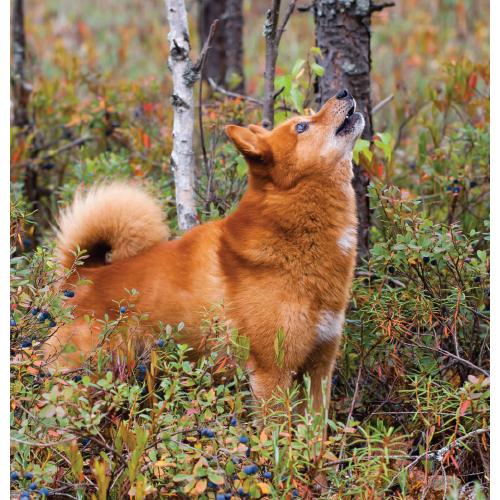 Part III. Increasing and maintaining genetic diversity Katariina Mäki 2021 “The pursuit of a certain type of ideal dog reduces genetic diversity. When phenotypes become similar, also genes become similar, and the diversity decreases. Although (line-)inbreeding is no longer used in the breed and winning dogs’ widespread use has indeed diminished, pursuit of homogeneity itself narrows the gene pool. The strongest factor guiding the breeding is competition, whether in appearan
Part III. Increasing and maintaining genetic diversity Katariina Mäki 2021 “The pursuit of a certain type of ideal dog reduces genetic diversity. When phenotypes become similar, also genes become similar, and the diversity decreases. Although (line-)inbreeding is no longer used in the breed and winning dogs’ widespread use has indeed diminished, pursuit of homogeneity itself narrows the gene pool. The strongest factor guiding the breeding is competition, whether in appearan- The following article by Katariina Mäki 2021 offers in-depth information on development of the Finnish Spitz Breeding Strategy. The article is presented in 3 parts. Part I. Tackling the main health conditions
Part II. Success story regarding epilepsy Part III. Increasing and maintaining genetic diversity
- 0 comments
- 1,742 views
-
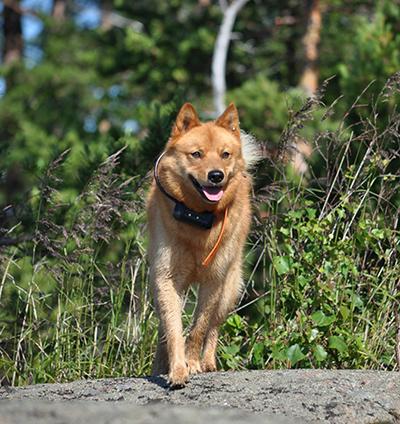 Part II. Breed-specific breeding strategies to achieve positive outcomes - the Finnish Spitz as an example Success story regarding epilepsy Katariina Mäki 2021 So – Finnish Spitz is one of the healthiest dog breeds (Part I., Tackling the main health conditions). But that hasn’t always been the case. 15 years ago, the breed was a typical ‘epilepsy breed’, which was always taken as an example, when talking about breed-specific disease burdens. Now the situatio
Part II. Breed-specific breeding strategies to achieve positive outcomes - the Finnish Spitz as an example Success story regarding epilepsy Katariina Mäki 2021 So – Finnish Spitz is one of the healthiest dog breeds (Part I., Tackling the main health conditions). But that hasn’t always been the case. 15 years ago, the breed was a typical ‘epilepsy breed’, which was always taken as an example, when talking about breed-specific disease burdens. Now the situatio- The following article by Katariina Mäki 2021 offers in-depth information on development of the Finnish Spitz Breeding Strategy. The article is presented in 3 parts. Part I. Tackling the main health conditions
Part II. Success story regarding epilepsy Part III. Increasing and maintaining genetic diversity
- 0 comments
- 6,151 views
-
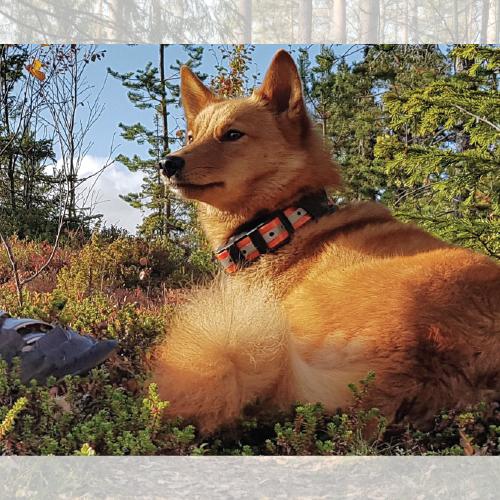 Part I. Breed-specific breeding strategies to achieve positive outcomes - the Finnish Spitz as an example Tackling the main health conditions Katariina Mäki 2021 Pedigree dogs have often been in the headlines in recent years when talking about hereditary diseases in dogs. There are a number of inherited defects and diseases that affect breeding. Some of these may be very common in certain breeds. It can be difficult for breeders to find suitable breeding dogs, espec
Part I. Breed-specific breeding strategies to achieve positive outcomes - the Finnish Spitz as an example Tackling the main health conditions Katariina Mäki 2021 Pedigree dogs have often been in the headlines in recent years when talking about hereditary diseases in dogs. There are a number of inherited defects and diseases that affect breeding. Some of these may be very common in certain breeds. It can be difficult for breeders to find suitable breeding dogs, espec- The following article by Katariina Mäki 2021 offers in-depth information on development of the Finnish Spitz Breeding Strategy. The article is presented in 3 parts. Part I. Tackling the main health conditions
Part II. Success story regarding epilepsy Part III. Increasing and maintaining genetic diversity
- 0 comments
- 2,619 views
-
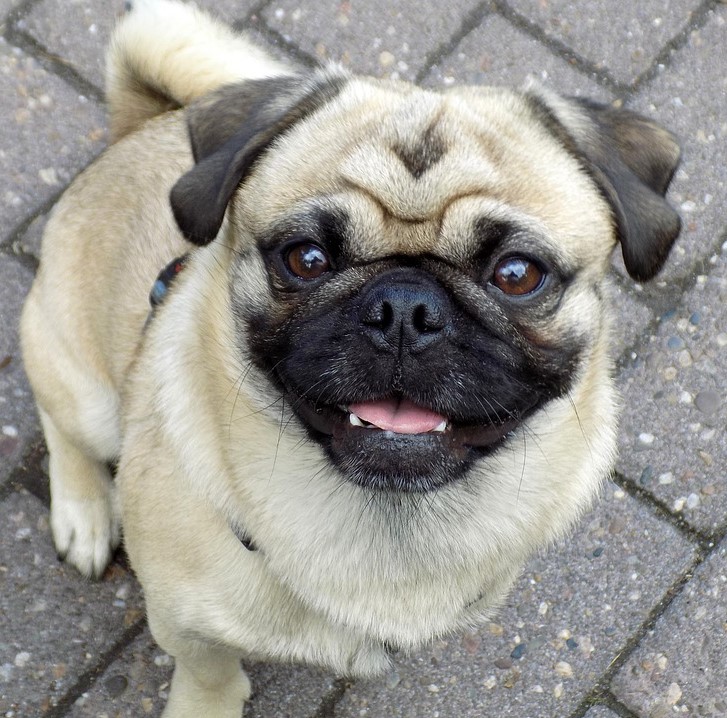 Breed Conformation and Welfare Issues FECAVA International Resources: Healthy Breeding: Brachycephalic issues: shared resources Ocular Syndrome Universities Federation for Animal Welfare (UFAW) - https://www.ufaw.org.uk/dogs/pug-brachycephalic-ocular-syndrome BOAS Pug Health UK - https://www.pughealth.org.uk/boas/ Hemivertebrae in Pugs Universities Federation for Animal Welfare (UFAW) - https://www.ufaw.org.uk/dogs/pug-hemivertebrae Th
Breed Conformation and Welfare Issues FECAVA International Resources: Healthy Breeding: Brachycephalic issues: shared resources Ocular Syndrome Universities Federation for Animal Welfare (UFAW) - https://www.ufaw.org.uk/dogs/pug-brachycephalic-ocular-syndrome BOAS Pug Health UK - https://www.pughealth.org.uk/boas/ Hemivertebrae in Pugs Universities Federation for Animal Welfare (UFAW) - https://www.ufaw.org.uk/dogs/pug-hemivertebrae Th- This page contains links to DWN's and our Partner's & Collaborator's resources, research and reports that pertain to management of health and welfare issues in Pugs. The pug is a brachycephalic breed. Breathing issues, spinal (hemivertebrae & screw tails) as well as several ocular issues can impact the quality and length of life in the Pug breed. Locomotor concerns (hip and patella defects) are also recognized issues. Obesity, reproductive (whelping) issues and thermoregulation ( heat intolerance ) are important management concerns.
- 0 comments
- 2,224 views
-
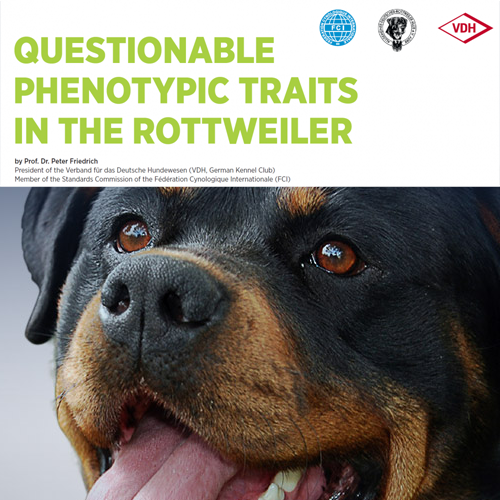 See the full article which offers information on valuable breed traits, comments on the "Redesigned Rottweilers with extreme characteristics..." i.e. the impacts of trendiness supported by media and human motivations to possess special, extravagant and innovative dogs. Prof. Dr. Peter Friedrich covers recent F.C.I. breed standard revisions adopted to clarify functional aspects sought in the breed (including the complex of traits of concern in the head area) and comments on application of the J
See the full article which offers information on valuable breed traits, comments on the "Redesigned Rottweilers with extreme characteristics..." i.e. the impacts of trendiness supported by media and human motivations to possess special, extravagant and innovative dogs. Prof. Dr. Peter Friedrich covers recent F.C.I. breed standard revisions adopted to clarify functional aspects sought in the breed (including the complex of traits of concern in the head area) and comments on application of the J- Prof. Dr. Peter Friedrich covers recent F.C.I. breed standard revisions adopted to clarify functional aspects sought in the breed (including the complex of traits of concern in the head area) and comments on application of the JLPP test and other factors that impact genetic diversity, health and welfare of this breed.
- 0 comments
- 1,998 views
-
 Bulldog Colours (French) Bulldog Colors (English) Editor's note: Breeder's pursuits to produce dogs in exotic colors to meet the demand of buyers who are looking for the latest fad dog must be tempered by consideration of coat colors defined in breed standards, the potential health impacts of color selection criteria as well as genetic diversity concerns. A few health issues known to be associated with coat color genetics in breeds of dogs include: color dilut
Bulldog Colours (French) Bulldog Colors (English) Editor's note: Breeder's pursuits to produce dogs in exotic colors to meet the demand of buyers who are looking for the latest fad dog must be tempered by consideration of coat colors defined in breed standards, the potential health impacts of color selection criteria as well as genetic diversity concerns. A few health issues known to be associated with coat color genetics in breeds of dogs include: color dilut- Exploration of coat color in the English Bulldog. The discussion includes an exploration of coat colors that are deemed acceptable under the breed standards for this breed and other breeds. Many thanks to our content partner Hélène Denis -
 - Club du Bulldog Anglais for sharing this content with the DWN community.
Please find below links to two versions of the article - the original French version and and English translation. The article is written by Professor Bernard Denis – a well-known specialist of colors in dogs - who offers his opinion on the matter of coat color and the exotic colors. This is the article will be published in the “CLUB DU BULLDOG France” magazine.
- Club du Bulldog Anglais for sharing this content with the DWN community.
Please find below links to two versions of the article - the original French version and and English translation. The article is written by Professor Bernard Denis – a well-known specialist of colors in dogs - who offers his opinion on the matter of coat color and the exotic colors. This is the article will be published in the “CLUB DU BULLDOG France” magazine.
- 0 comments
- 7,360 views
-
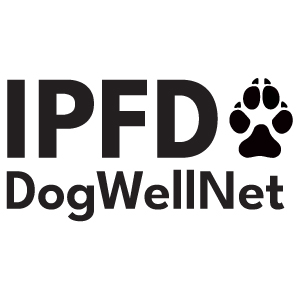 Terrier breeds have been around for hundreds of years - for centuries developed as useful working dogs. Surprising - The Jack Russell Terrier breed is not recognized by the AKC and the Russell Terrier breed is recognized by AKC only! The Kennel Club, UK just recently recognized the Jack Russell, although the breed has been in Great Britain for a very long time. See the chart below for where these breeds are recognized, breed standard links and more...
Terrier breeds have been around for hundreds of years - for centuries developed as useful working dogs. Surprising - The Jack Russell Terrier breed is not recognized by the AKC and the Russell Terrier breed is recognized by AKC only! The Kennel Club, UK just recently recognized the Jack Russell, although the breed has been in Great Britain for a very long time. See the chart below for where these breeds are recognized, breed standard links and more...- What's up with the dogs commonly called Jack Russell Terriers? Who knew! These days there are actually 3 distinct breeds; the Jack Russell Terrier, the Parson Russell Terrier and the Russell Terrier. This article contains links and resources from a number of different clubs, and articles by breed experts from the world of dogs and terriermen which may help to clarify...
- 0 comments
- 3,800 views
-
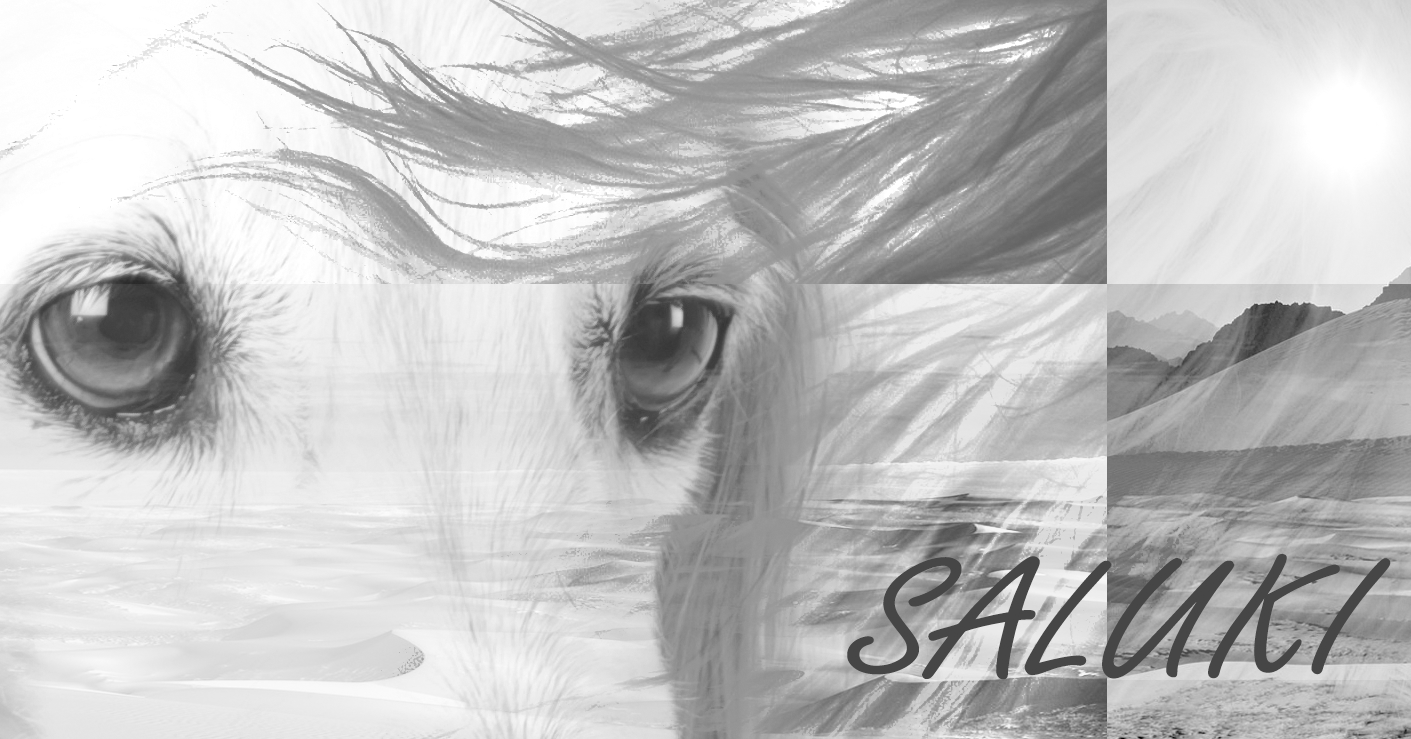 Breed Expert David Steel from the The Saluki or Gazelle Hound Club, UK writes... "Here in the UK, we have a relatively small Saluki population, and so surveys to understand the health of the breed are of limited value. With a low population we also struggle in the discussion and understanding of specific breed health issues at times as well." "There are many different perspectives, issues and importantly, solutions that are all focused on preserving the health of Salukis.
Breed Expert David Steel from the The Saluki or Gazelle Hound Club, UK writes... "Here in the UK, we have a relatively small Saluki population, and so surveys to understand the health of the breed are of limited value. With a low population we also struggle in the discussion and understanding of specific breed health issues at times as well." "There are many different perspectives, issues and importantly, solutions that are all focused on preserving the health of Salukis.- Providing a platform to initiate and support conversation and exchange of health and welfare information among stakeholders in purebred breeds is part of IPFD's mission. Saluki Health Co-ordinators internationally are invited to share information and exchange ideas to benefit the breed. If your passion is Saluki health we hope you will Join DogWellNet as a Saluki Breed Expert. At present there is no global Saluki organisation - the great work being done for the breed is primarily nationally based and in some countries there are multiple clubs for the breed. Small population breed advocates can face challenges in identifying and discussing management of key health issues. The Saluki or Gazelle Hound Club UK's David Steel has proposed the idea of taking a globally based approach to addressing Saluki Health.
Many thanks to David for sharing a few thoughts on how to broker and define collective action to benefit the Saluki breed.
- 0 comments
- 2,420 views
-
 Perhaps among the most effective ways to foster a better understanding of what breed standards mean, how to interpret the words in standards which describe the essences of breeds, is to specifically illustrate correct and incorrect traits. An excellent example is available for Mastiffs & Bullmastiffs in Anne-Marie Class's Mastiff and Bullmastiff Presentation. The topic of breeding for
Perhaps among the most effective ways to foster a better understanding of what breed standards mean, how to interpret the words in standards which describe the essences of breeds, is to specifically illustrate correct and incorrect traits. An excellent example is available for Mastiffs & Bullmastiffs in Anne-Marie Class's Mastiff and Bullmastiff Presentation. The topic of breeding for- Anne-Marie Class is an international respected judge and her presentation (below) provides examples of traits described in the Mastiff and Bullmastiff breed standards. Her perspective includes not only presentation of desirable traits but goes further to emphasize that the Mastiff and Bullmastiff breed standards call for absolute soundness.
"What is the danger for Mastiffs and Bullmastiffs?
Hypertypes""Everything is in the standards
Standards do not describe an unsound Mastiff or Bullmastiff.
But, if judges award overdone dogs, they work against the breeds.
Standards have to be respected by judges and breeders."
- 0 comments
- 3,170 views
-

- In Sweden each breed club must produce a breeding strategy and health profile. We are continuing to build a resource of documents in English.
These files can also be reached via the Breed Database page (if an English summary exists for the breed). Members can access The Swedish RAS (English) documents via Downloads at: http://dogwellnet.com/files/category/8-swedish-breeding-strategy-ras-documents-english-summary/ PLEASE - REGISTER TO ACCESS THESE DOCUMENTSSwedish RAS English Summaries are available for the following breeds (list reviewed 4-15-2018) Barbet: https://dogwellnet.com/files/file/354-barbet-swedish-ras-english-summary/· Soft Coated Wheaton Terrier: https://dogwellnet.com/files/file/275-irish-soft-coated-wheaten-terrier-breeding-strategy-finnish-kennel-club/·
Borzoi|Teeth placement: https://dogwellnet.com/files/file/278-bsi-borzoi-canine-teeth-placement/
· Poodle: https://dogwellnet.com/files/file/286-poodle-swedish-ras-english-summary/
· Portuguese Podengo: https://dogwellnet.com/files/file/303-portuguese-podengo-ras-english/
· ChowChow: https://dogwellnet.com/files/file/305-chow-chow-swedish-ras-english-summary/
· Pug: https://dogwellnet.com/files/file/312-pug-ras-breeding-strategy-english-summary/
· Swedish Valhund: https://dogwellnet.com/files/file/313-swedish-vallhund-ras/
· Australian Shepherd: https://dogwellnet.com/files/file/315-australian-shepherd-swedish-ras-breeding-strategy/
· Borzoi: https://dogwellnet.com/files/file/316-borzoi-ras-breeding-strategy-2016-english-summary/
· Norbottenspitz: https://dogwellnet.com/files/file/329-norrbottenspitz-ras-breeding-strategy-2016-english/
· Cavalier King Charles Spaniel: https://dogwellnet.com/files/file/338-cavalier-king-charles-spaniel-ras-dwn-english-summary/
· Clumber Spaniel: https://dogwellnet.com/files/file/75-clumber-spaniel-swedish-ras-english-summary/
· Collie (rough|smooth) https://dogwellnet.com/files/file/77-collie-rough-smooth-swedish-ras-english-summary/
· French Bulldog: https://dogwellnet.com/files/file/78-french-bulldog-swedish-ras-english-summary/
· Golden Retreiver: https://dogwellnet.com/files/file/79-golden-retriever-swedish-ras-english-summary/
· Pomeranian: https://dogwellnet.com/files/file/80-pomeranian-swedish-ras-english-summary/
· Boston Terrier: https://dogwellnet.com/files/file/83-boston-terrier-swedish-ras-english-summary/
· Swedish Lapphund: https://dogwellnet.com/files/file/365-breed-specific-breeding-strategy-for-swedish-lapphund-english-summary/
- 0 comments
- 3,165 views
-
 The English Bulldog population has, for many years, been known to be over represented regarding several health issues. The Swedish breed club (in cooperation with the Swedish University of Agricultural Sciences, SLU) has conducted several health surveys and various solutions to the apparent problems have been proposed. For instance a project focusing on evaluation of the trachea by radiological examinations was initiated a few years ago Unfortunately this project resulted in the finding that the
The English Bulldog population has, for many years, been known to be over represented regarding several health issues. The Swedish breed club (in cooperation with the Swedish University of Agricultural Sciences, SLU) has conducted several health surveys and various solutions to the apparent problems have been proposed. For instance a project focusing on evaluation of the trachea by radiological examinations was initiated a few years ago Unfortunately this project resulted in the finding that the- English bulldogs have been in the spotlight of authorities and media for a long time. The breed has a striking appearance and is often mentioned when health issues in pedigree dogs related to their appearance are discussed. With this background and as a starting point the Swedish Kennel Club in collaboration with the Swedish Club for English bulldogs have recently launched a new breeding strategy for the breed. The strategy presents hands on advice for breeders on how to make visible progress over the coming five year period by focusing on the main health issues associated with the breed.
- 0 comments
- 23,304 views
-
 Dogs exhibiting health problems, i.e. illness or disabilities, may not be bred. In the Shar Pei breed, this implies that dogs exhibiting clinical signs of the disease SPAID (Shar Pei Autoinflammatory Disorder) or eye injury caused by thickened skin/heavy wrinkles may not be used for breeding. Moreover, because the health issues prevalent in this breed are closely linked to the thickened skin, priority in breeding must be to reduce the number of dogs born exhibiting an exaggerated phenotype. In
Dogs exhibiting health problems, i.e. illness or disabilities, may not be bred. In the Shar Pei breed, this implies that dogs exhibiting clinical signs of the disease SPAID (Shar Pei Autoinflammatory Disorder) or eye injury caused by thickened skin/heavy wrinkles may not be used for breeding. Moreover, because the health issues prevalent in this breed are closely linked to the thickened skin, priority in breeding must be to reduce the number of dogs born exhibiting an exaggerated phenotype. In- The wrinkles must be reduced – statement from the SKK regarding breeding of
Shar Pei dogs The Shar Pei breed is characterized by its distinctive features of thickened skin and heavy wrinkles. The underlying accumulation of hyaluronic acid, resulting in a feature named hyaluronosis, may if exaggerated lead to several heath issues, for example eye injuries caused by the eyelashes curling inwards irritating the eye.
A “moderate” western type of Shar Pei. (Photo: Anna Thorsjö) At a recent meeting with the SKK Breeding Committee on January 24th a statement regarding breeding of Shar Pei dogs was made, in order to clarify SKK’s view on necessary priorities in selection aiming at a reduced risk of eye conditions or other health issues related to the thickened skin. Hence, the following statement was made:
- 0 comments
- 4,353 views

